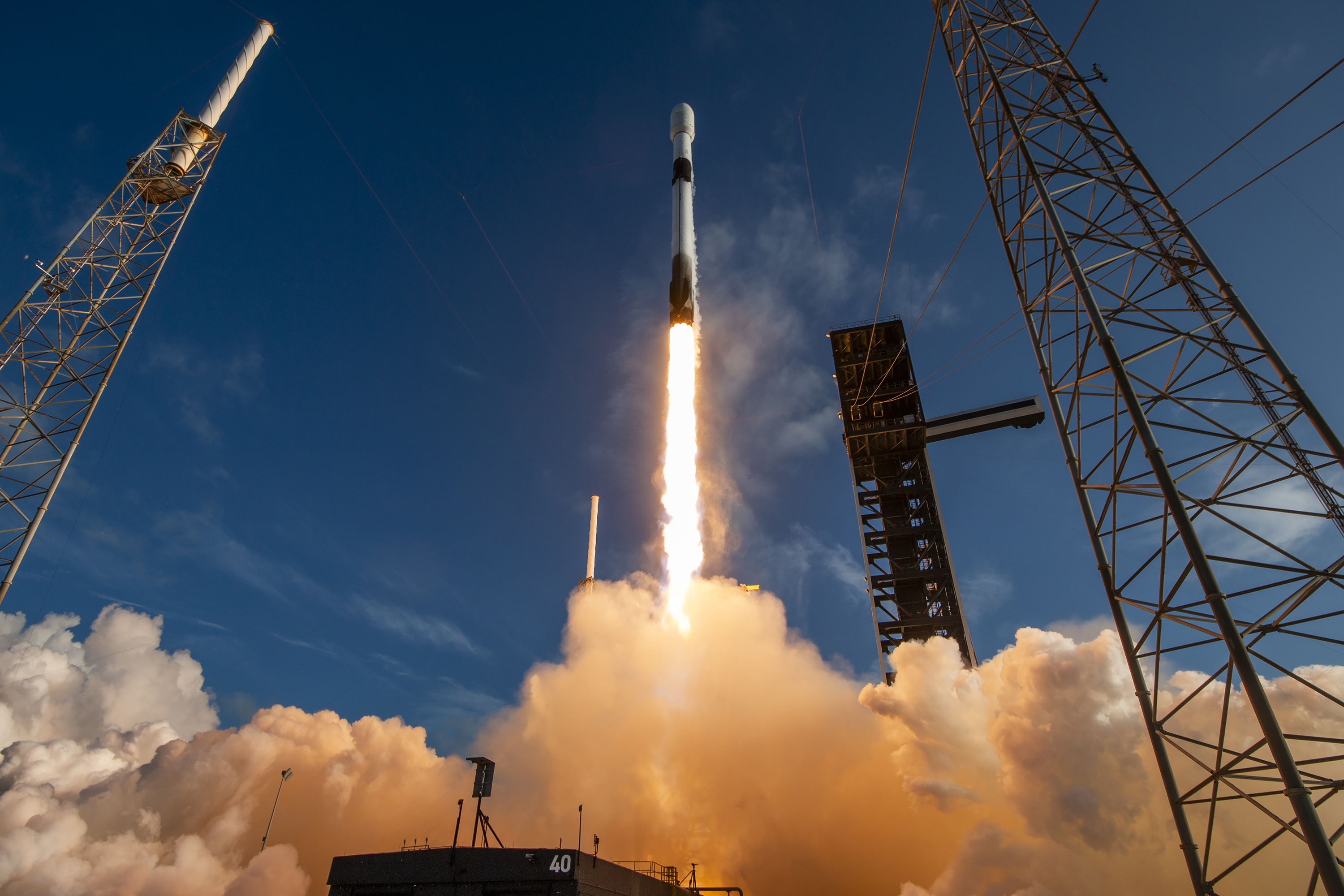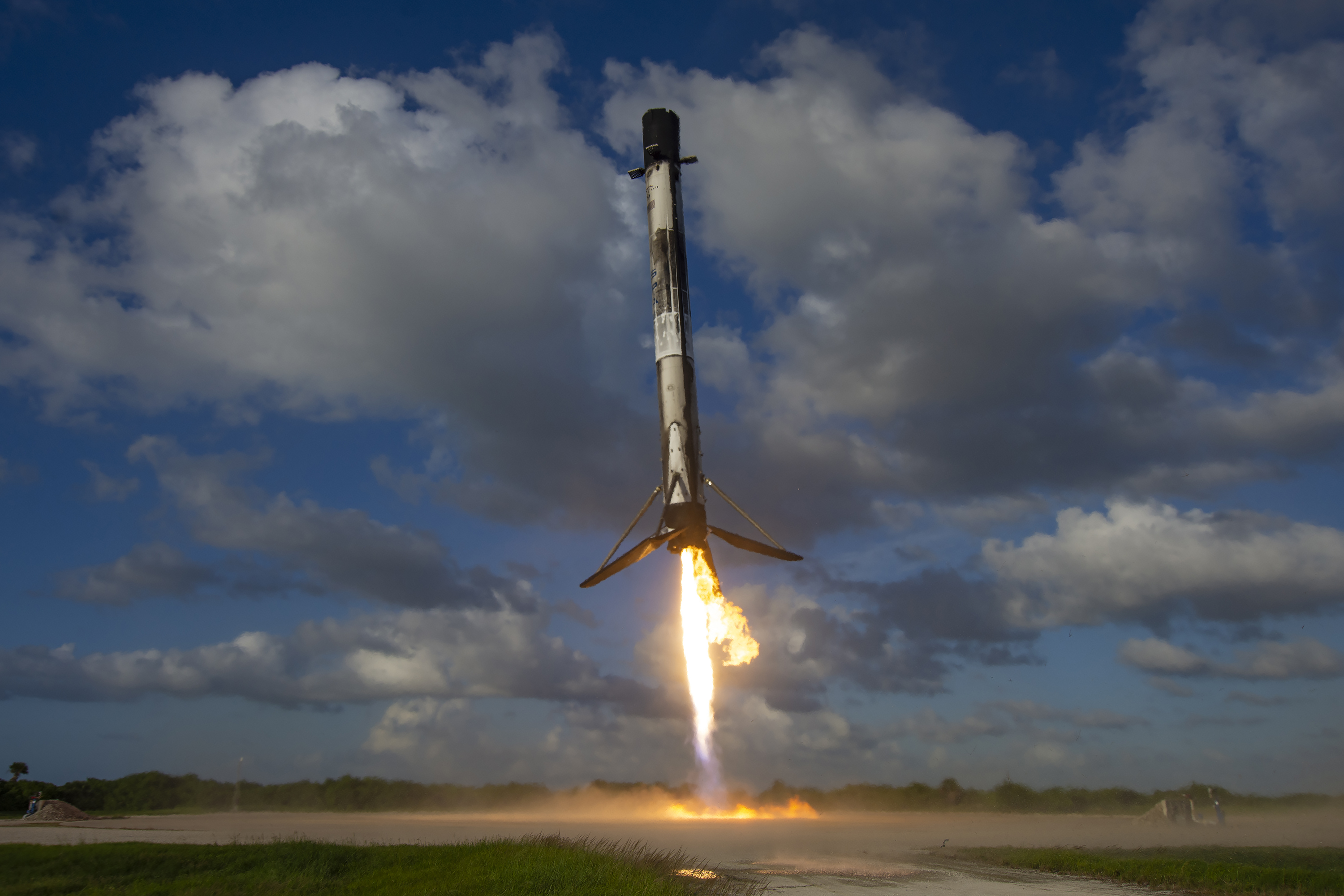SpaceX and Northrop Grumman have successfully launched the NG-23 resupply mission, sending the new Cygnus XL spacecraft, named S.S. William “Willie” C. McCool, to the International Space Station. The Falcon 9 rocket lifted off from Space Launch Complex 40 at Cape Canaveral on Sunday, September 14, 2025, at 6:11 p.m. EDT, carrying over 11,000 pounds (about 4,990 kg) of cargo — supplies, experiments, and hardware needed aboard the ISS.
One of the standout features of this mission is the debut of Cygnus XL, which offers approximately 33% more cargo capacity compared to earlier Cygnus versions. The cargo module includes scientific investigations — from semiconductor crystal growth to experiments managing biofilms in water systems in microgravity — along with essential spare parts and system components for life support and station maintenance.
After stage separation, the first stage booster (Booster B1094) executed a return-to-launch-site landing and came down safely at Landing Zone-2 (LZ-2) at Cape Canaveral.
While it was originally expected that Cygnus XL would arrive at the ISS on Wednesday, September 17 at 6:35 a.m. ET for capture by Canadarm2, a propulsion issue during two of its orbit-raising burns (main engine shut‐downs earlier than planned) forced ground controllers to reevaluate the mission profile and delay the docking. All other systems on the spacecraft are reported to be functioning normally.
Overall, NG-23 reflects how commercial resupply is evolving: larger vehicles, more science onboard, and greater flexibility in operations. With Cygnus XL set to remain attached for several months, this mission will support many ongoing research efforts on board the ISS while helping pave the way for future resupply tech.












Leave a comment